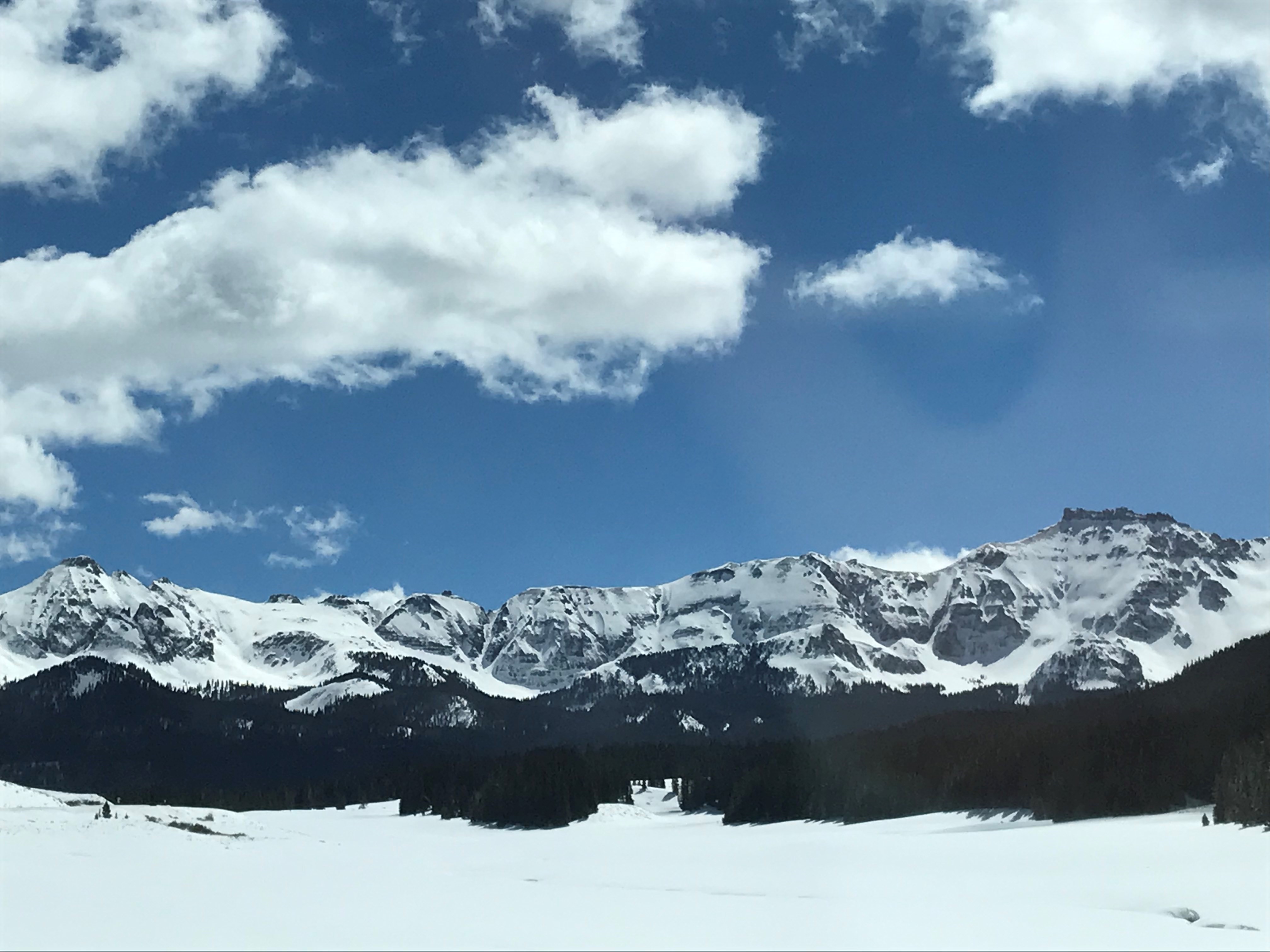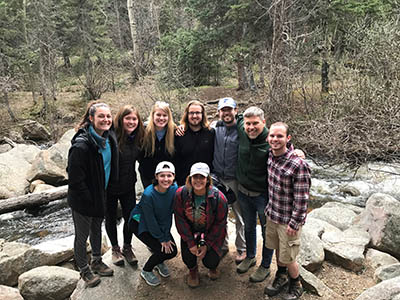Learn geography while road-tripping across Colorado
Interest in the 12-day three-credit-hour “Maymester 2020 Transforming the Rockies” road-trip is at a peak, and others desiring to join should contact the Geography Department soon to be included. Limit is eight students and anyone can take the class designed for both master’s and undergrad students. The class is being co-taught by Chair Soren Larsen and Associate Professor Grant Elliott.
The Summer 2020 (May 25 – June 5) course will allow students to explore the Southern Rocky Mountains of Colorado in a road trip to remember. Cost is $575 and covers travel, camping, lodging, park fees and most food while going through some of the most beautiful terrain in the country.
According to Elliott, Maymester has been a part of summer curriculum since 2017. “So far, we have kept a roughly similar route, but have made certain deviations based upon weather,” he says. “Last year, for example, there was too much snowpack for us to go to one site we did the previous school year. Spring snowpack plays a role on where we can go for sure.”


